Infrastructure Development Initiatives
Infrastructure development remains a critical driver for the Copper & Copper Alloy Market. Governments and private sectors are investing heavily in infrastructure projects, including transportation, utilities, and urban development. The demand for copper in construction materials, plumbing, and HVAC systems is substantial, as copper alloys are favored for their durability and resistance to corrosion. According to recent data, the construction sector is projected to consume around 25% of the total copper production. This ongoing investment in infrastructure is anticipated to sustain the growth of the Copper & Copper Alloy Market, as the need for reliable and efficient materials becomes increasingly paramount.
Rising Demand in Electrical Applications
The Copper & Copper Alloy Market is experiencing a notable surge in demand driven by the increasing use of copper in electrical applications. Copper's excellent conductivity makes it a preferred choice for electrical wiring, motors, and transformers. As industries transition towards electrification, the demand for copper is projected to rise significantly. For instance, the International Copper Association indicates that the electrical sector accounts for approximately 60% of copper consumption. This trend is likely to continue as renewable energy sources, such as solar and wind, require substantial amounts of copper for their infrastructure. Consequently, the growth in electrical applications is expected to bolster the Copper & Copper Alloy Market, creating opportunities for manufacturers and suppliers alike.
Technological Innovations in Manufacturing
Technological advancements in manufacturing processes are significantly influencing the Copper & Copper Alloy Market. Innovations such as advanced casting techniques and improved recycling methods are enhancing the efficiency and sustainability of copper production. For example, the introduction of automated systems in smelting and refining processes has led to reduced energy consumption and lower emissions. Furthermore, the development of high-performance copper alloys is expanding applications in various sectors, including aerospace and automotive. As these technologies evolve, they are likely to create new opportunities within the Copper & Copper Alloy Market, enabling manufacturers to meet the growing demand for specialized products.
Growing Focus on Renewable Energy Solutions
The shift towards renewable energy solutions is a pivotal factor driving the Copper & Copper Alloy Market. Copper is integral to the production of solar panels, wind turbines, and electric vehicles, all of which are essential components of a sustainable energy future. The International Energy Agency projects that the demand for copper in renewable energy technologies could increase by over 200% by 2030. This growing focus on sustainability is prompting investments in copper mining and production, thereby enhancing the Copper & Copper Alloy Market. As countries strive to meet their climate goals, the reliance on copper for clean energy solutions is expected to intensify.
Increasing Use of Copper in Automotive Applications
The automotive sector is increasingly adopting copper and its alloys, which is a significant driver for the Copper & Copper Alloy Market. With the rise of electric vehicles (EVs), the demand for copper is projected to escalate, as EVs require more copper than traditional vehicles due to their electric motors and battery systems. Reports suggest that an electric vehicle can contain up to three times more copper than a conventional vehicle. This trend is likely to continue as the automotive industry shifts towards electrification and advanced technologies. Consequently, the Copper & Copper Alloy Market stands to benefit from this growing integration of copper in automotive applications.
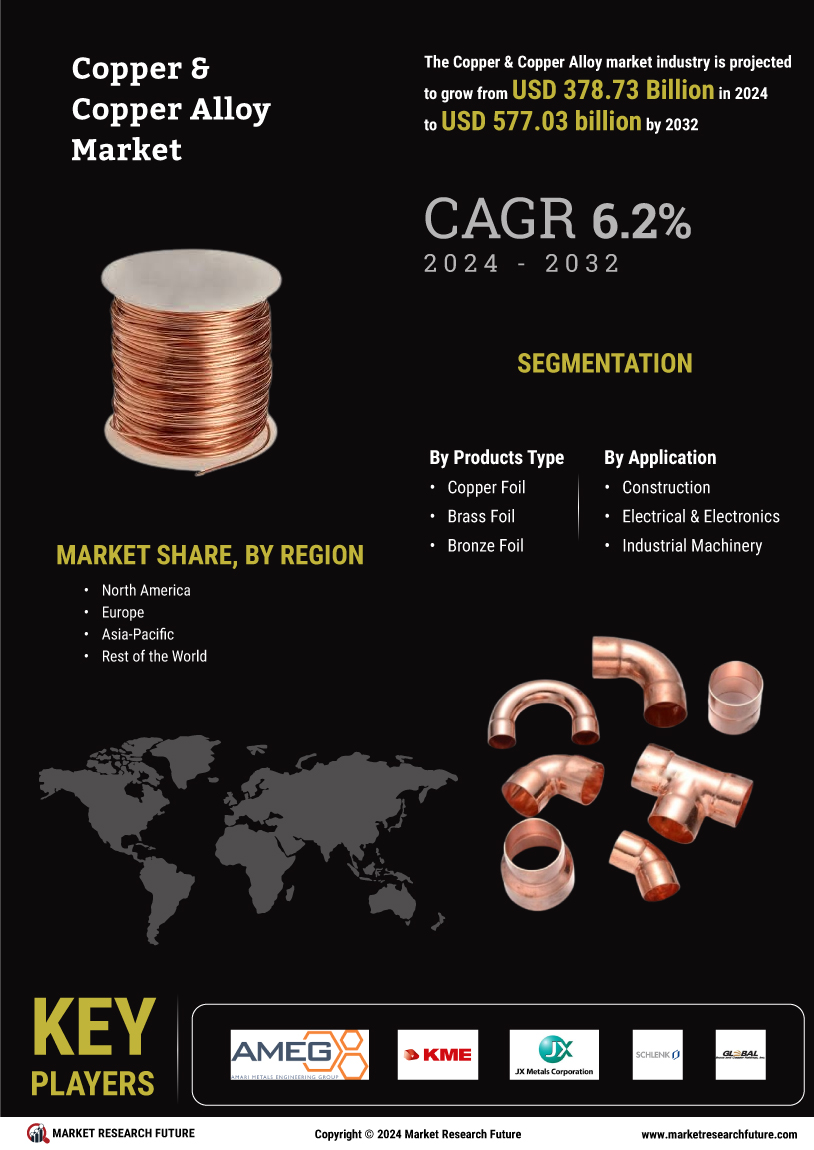

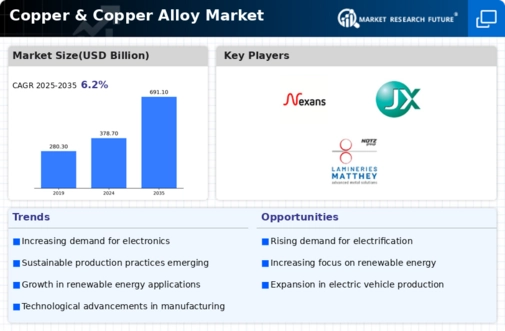
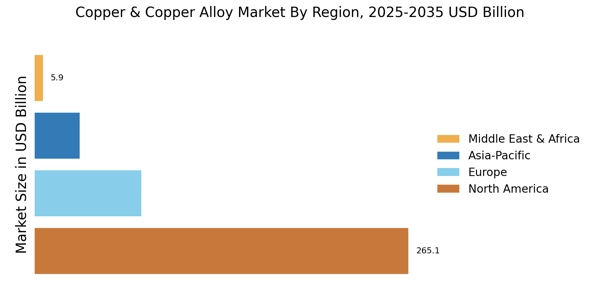

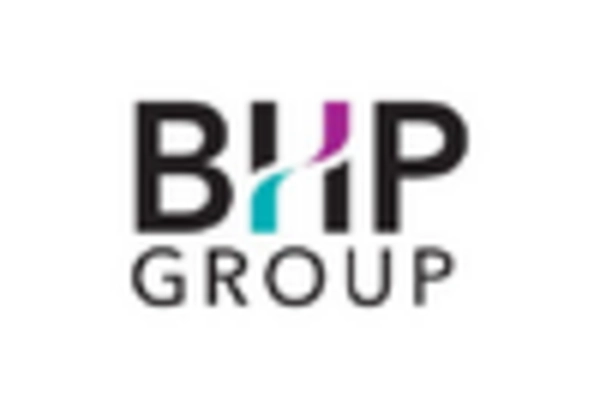
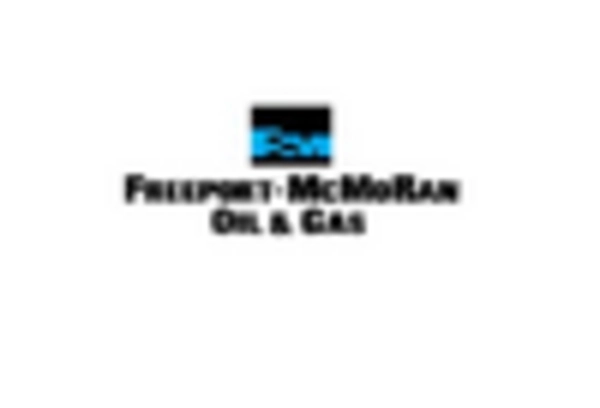
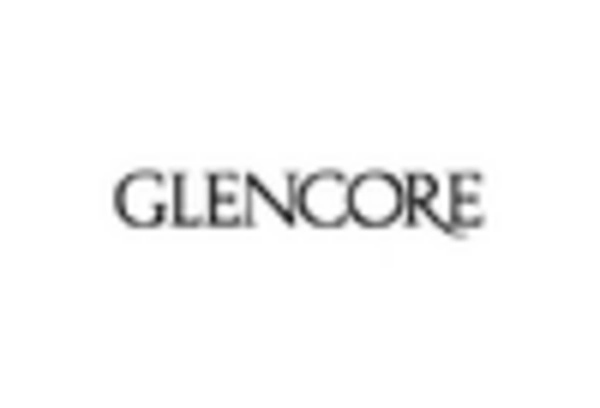

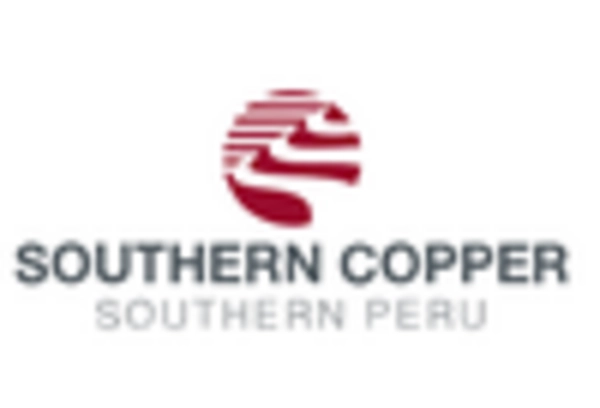








Leave a Comment